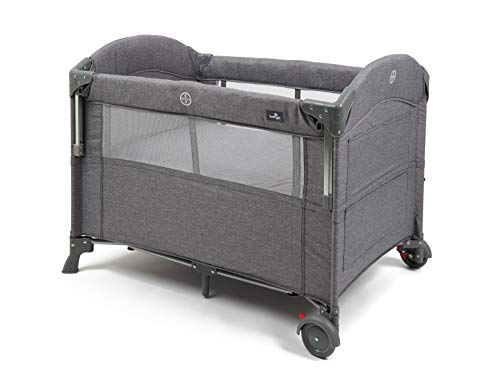Baby Bedside Cot
A crib for babies (or next-to-me crib) is a bassinet-style crib that fixes to the bed's side, allowing you to reach over and comfort your baby without having to get up. Some models come with an incline feature that helps relieve reflux.
Remember, you should only sleep with your child in a bassinet, a crib or bedside crib if the mattress is flat and firm to reduce the risk of suffocation.
Cot
Bedside cots, also known as bassinets or co-sleepers are a great way to keep your baby close to you in the early months. The cots are made to fit right next to your bed, so that you can lift your baby towards you to feed them at night, or to soothe them back to sleep. bedside co sleeper for mums recovering from a c-section.
There are a number of different models on the market, but one that stands out is the Arm's Reach Clear-Vue. This is shaped like a compact play yard and has four sides that are two long and can be lowered away (secured by Velcro) to provide the ability to easily access your baby's feeds.
Another option is the Baby Hug 4 In 1 Air, which also has a drop-down side and can be converted into a recliner. This is a great option for toddlers and infants and gives you the flexibility to alter your baby's sleeping position as they develop.

Red Nose suggests that your child sleep in their own cot from birth and six months. This is due to the fact that the risk of SIDS increases when babies are in bed with adults.
Cots are generally safer than bassinets, as they have a fixed height that guarantees there's no gap between your baby's bed and the adult bed. Cots tend to be larger and can be converted to full-size or toddler beds when your baby grows. This can save you money.
It is essential to take into account your budget and the size of your nursery or bedroom when choosing a model. Keep in mind that cots can be more expensive than bassinets however, they are an investment that will last for a long time and be utilized by your child as develops.
It's also important to remember that you'll require a baby mattress for your crib or bedside. It's essential that the mattress is firm, flat and breathable to help your baby have a restful night's sleep and decrease the risk of developing pressure sores or breathing problems. Be wary of second-hand mattresses because they could increase your child's risk of SIDS. Be sure you choose a brand that's been approved by the CPSC and complies with the most recent guidelines. Also, be cautious not to over-stuff your crib or use pillows, duvets, bumpers or baby positioners which could create dangers of suffocation. A comfortable, firm mattress for your baby should be able to support the spine. On the internet, you can find a variety of baby mattresses, from budget-friendly choices to premium brands. If bedside cosleeper are unsure to try them out, visit the store.
